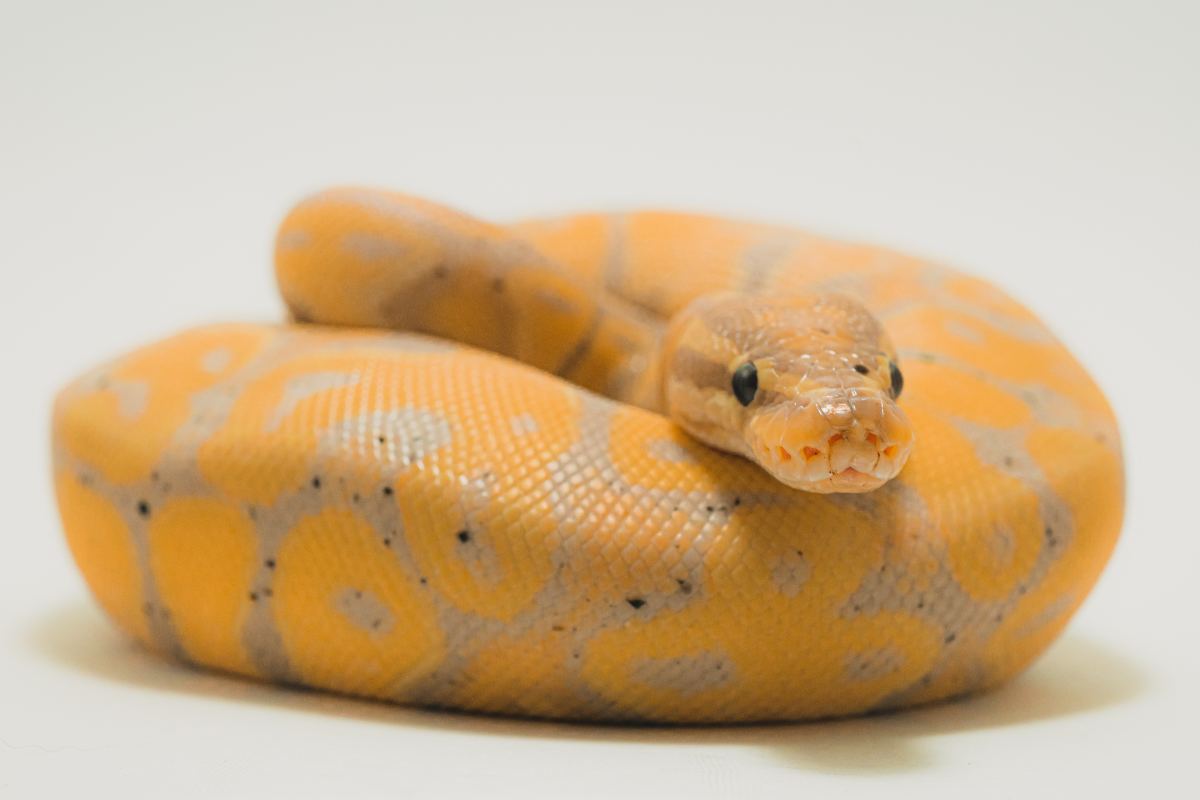How to Create the Perfect Environment for Your Pet Dog Serpent
Creating the ideal environment for your animal serpent is vital to ensuring its wellness and wellness. By recognizing the certain needs of your serpent species and applying the required components in its environment, you can produce an area where your pet can grow.
Choosing the Right Unit
The enclosure serves as the snake's main environment, impacting its general wellness and habits. A general guideline of thumb is to offer a habitat that is at least as long as the snake's size and large sufficient for it to stretch out conveniently.
Furthermore, the material of the unit is essential. Enclosures can be constructed from glass, timber, pvc, or plastic, each with its benefits and drawbacks. Glass units are prominent as they offer good presence, while plastic rooms are very easy and lightweight to tidy. Timber and PVC enclosures offer superb insulation, which is critical for controling temperature and moisture levels within the environment. Eventually, the enclosure needs to imitate the snake's all-natural habitat as very closely as possible to guarantee its well-being and happiness. snake for sale.
Establishing Up Temperature and Humidity Degrees
In order to offer a helpful living environment for your pet serpent within the selected enclosure, focus to maintaining ideal temperature level and humidity levels is extremely important. Snakes are ectothermic animals, meaning they count on exterior sources to control their body temperature level. For most snake varieties, the perfect temperature level ranges between 75-85 ° F(24-29 ° C) on the colder end and 85-90 ° F(29-32 ° C) on the warmer end. To attain this slope, you can use heating pads, warm lights, or ceramic heaters. It is essential to position thermostats at both ends of the unit to monitor the temperature regularly.
Moisture degrees are equally vital for your serpent's health and wellness and dropping procedure. The proper moisture degree differs depending upon the snake types, with many needing levels between 40-60%. Offering a large water dish, misting the enclosure, or using a reptile humidifier can help keep ample moisture. Nonetheless, make certain correct air flow to stop excess wetness, which can result in breathing problems. By carefully adjusting and monitoring temperature level and humidity degrees, you can develop a safe and comfy habitat for your beloved pet dog snake.
Providing Adequate Concealing Spots
Making certain the accessibility of ideal hiding areas is important for developing a trouble-free environment for your family pet serpent. Snakes are naturally inclined to seek hiding locations for security and comfort. To resemble their natural habitat, give at the very least 2 concealing spots in your snake's unit-- one on the warmer side and one on the cooler side. These hiding spots can be developed using commercially readily available sanctuaries, half logs, or also rescinded flower pots. Guarantee that the concealing places are snug sufficient to make your snake feel also large yet secure enough for simple entrance and leave.

Choosing the Appropriate Substrate
To develop an appropriate habitat for your pet dog snake, what factors should be taken into consideration when selecting the appropriate substrate? Picking the ideal substrate for your family pet snake is critical for preserving its health and health. When choosing a substratum, several variables need to be taken right into consideration.
Firstly, the substrate needs to imitate the serpent's natural surroundings as closely as possible. Various serpent types have various habitat preferences, so it is important to investigate your details snake's natural environment to select a proper substratum. For instance, desert-dwelling news serpents may call for a sandy substratum, while forest-dwelling snakes may like an extra damp substratum like cypress compost or coconut husk.
Furthermore, the substratum should be risk-free for your snake. Avoid substrates that could be ingested and trigger health and wellness concerns, such as substrates that are also tiny or sharp. Choose substratums that are non-toxic and easy to tidy to preserve a sanitary setting for your pet snake. By carefully considering these factors, you can produce a comfy and secure environment for your pet snake.
Offering Correct Illumination and Heating

When it involves illumination, serpents have certain lighting needs to simulate their natural environment. Ultraviolet (UV) illumination may be essential for sure snake types to aid with calcium absorption and vitamin D synthesis. Not all snakes require UV lighting, so it's crucial to research your details snake varieties' demands.
To supply the best equilibrium of lights and home heating, consider utilizing a mix of above home heating lights, hot pad, and thermostats to manage temperatures precisely. Ensure that your snake's environment has a temperature slope, allowing it to move in between warmer and cooler areas as needed. snake for sale. By using correct lighting and heating, you can develop a comfortable and healthy atmosphere for your family pet serpent
Conclusion
In final thought, developing the perfect habitat for your animal snake entails picking the appropriate enclosure, establishing proper temperature level and moisture degrees, giving adequate hiding spots, choosing the proper substratum, and using correct lights and home heating. By following these guidelines, you can ensure that your snake has a comfortable and healthy atmosphere to grow in. Bear in mind to frequently monitor and adjust the habitat as required to fulfill click this link your serpent's details demands.
To produce an appropriate habitat for your animal snake, what factors should be considered when choosing the appropriate substratum? Various snake species have various environment choices, so it is vital to research your specific serpent's indigenous atmosphere to select a proper substratum. Desert-dwelling serpents may require a sandy substrate, while forest-dwelling serpents might choose a more moist substratum like cypress mulch or coconut husk.
Not all snakes require UV illumination, so it's important to research your details snake species' needs.
